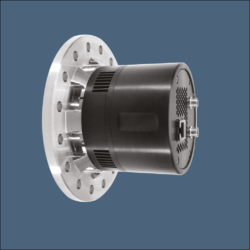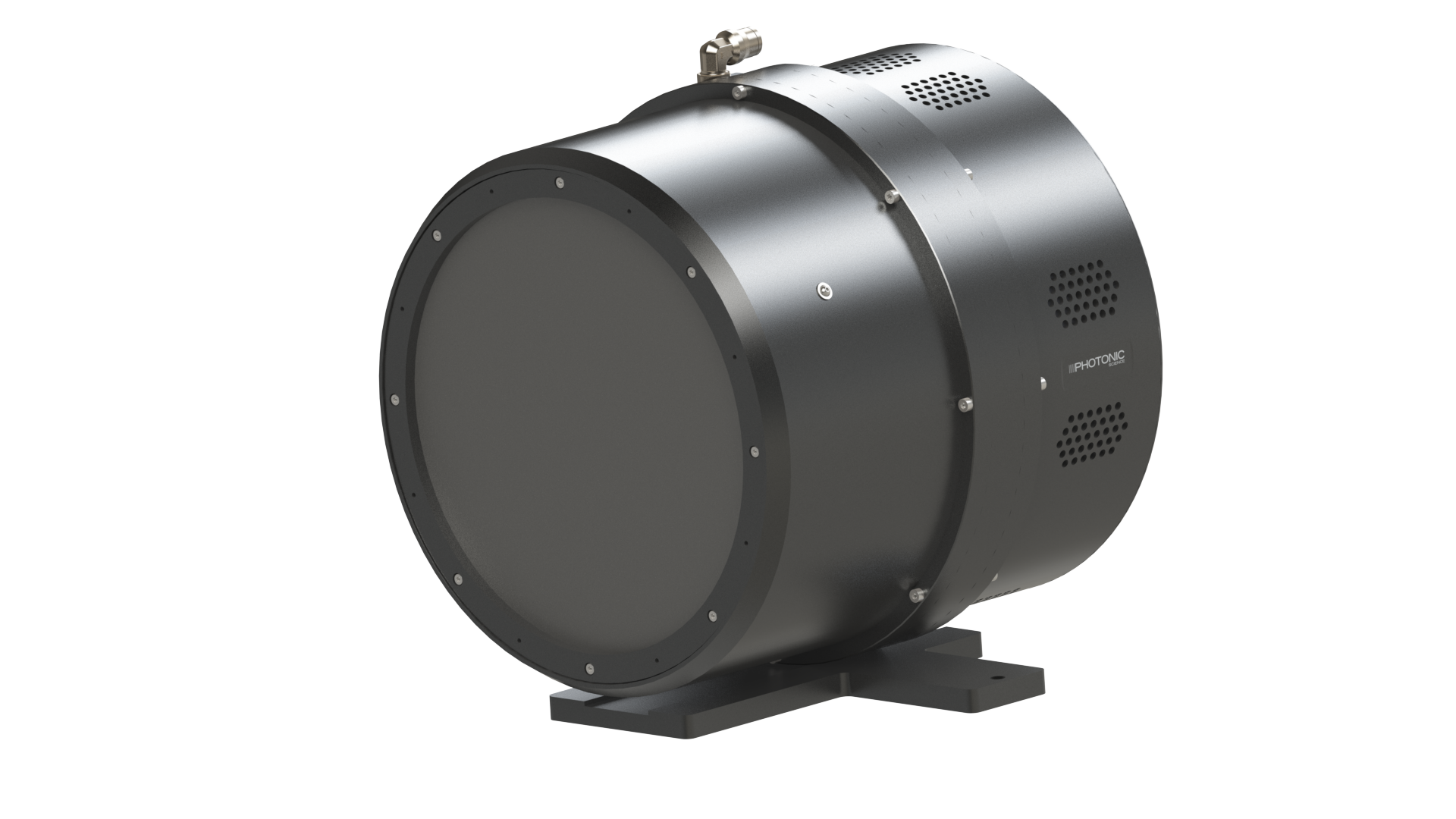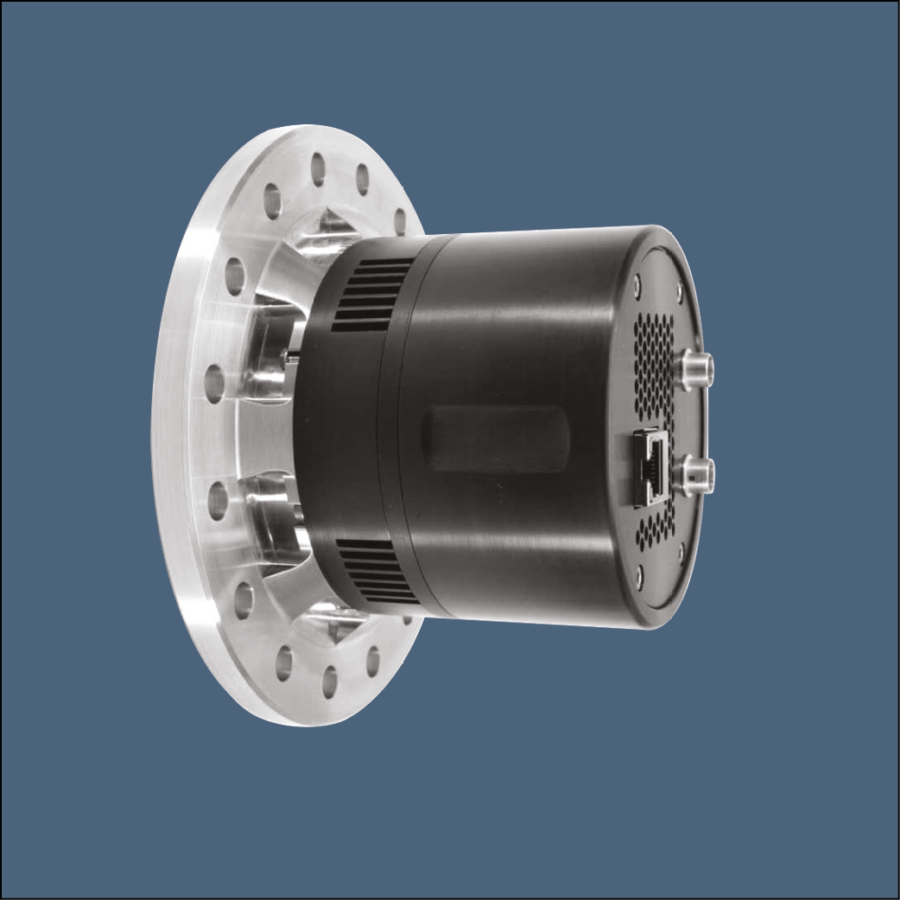News
New Back-Illuminated 16.8 MP X-ray sCMOS Detectors
5th Aug, 2021

In vacuum Back-Illuminated 16.8 MP X-ray sCMOS Detectors with vacuum flange

Fibre optically bonded back-Illuminated 16.8 MP X-ray sCMOS detector
Our 16.8 megapixel X-ray sCMOS camera range is expanding with the addition of two new types of cameras featuring a back-illuminated sensor capable of achieving direct detection in the EUV and soft X-ray spectrum and a large area version for indirect X-ray detection with enhanced detection efficiency.
The new back-illuminated sensor delivers lower noise compared to its front side predecessor, allowing lower detection limits for soft Extreme UV and soft X-rays X-ray microscopy applications up to 2keV. The camera can deliver single-photon detection and handle large signal amplitudes up to 16-bit digitization.
The sensor can be mounted on a flange with its electronics sitting outside the vacuum, or the whole camera can be placed into vacuum with adequate water cooling.
A fibre optically coupled version will also be made available for indirect X-ray detection using customed made scintillators covering 2-20keV and 20 to 100keV energy ranges.
The higher quantum efficiency of the back-illuminated sensor will offer 2x sensitivity improvements compared to the existing front side illuminated version, allowing single-photon sensitivity for low dose microCT as well as X-ray microscopy / phase contrast imaging applications
A faster read-out electronics will be made available at the end of 2021 for both types of cameras with data rates up 5 Gbit/sec allowing to read out the sensor at full resolution >20fps frame rate.
Data will be safely transferred from camera head to host PC via fibre optic cable, and streamed directly to RAM as well as fast SSD drives.
Find out more about the X-ray sCMOS 16.8MP detectors or contact or team..




